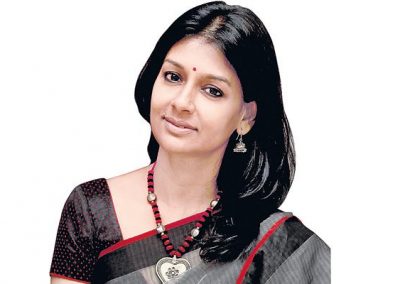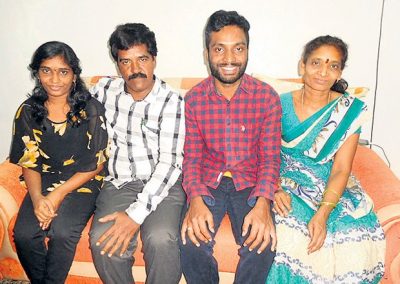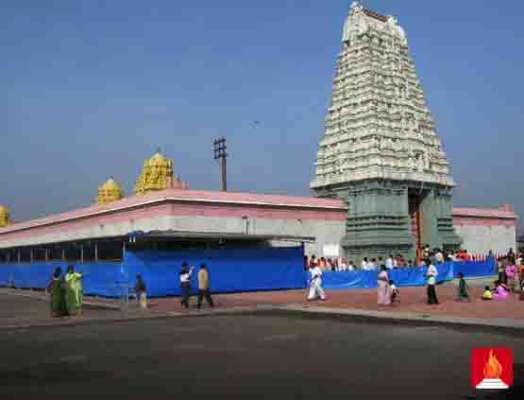A newly formed district of Maharashtra, Washim includes the tehsils Risod, Malegaon, Mangrulpir, Karanja and Manora. Washim, which is also known as Vatsagulma was the seat of Vakataka dynasty.
Venkateshwara Balaji Temple or Shri Balaji Sansthan is an important pilgrimage temple in Washim.
Built in 1779 AD by Bhavani Kalu, who rose to be the diwan of Sabaji Bhosle and Janoji Bhosle, it is said to have taken twelve years to build the temple and its supporting structures. The story goes that in 1760, a horseman dug up the ground near the temple and found idols of Ganapati, Parvati, Vishnu, Brahma, Vishnu, Mahadeva and others including the one of Venkateswara Balaji inside the temple now. They were buried during the reign of the Mughal emperor Aurangzeb to save them from destruction.
The deity is made of black stone and is adorned with jewels. The top of the temple gateway affords one a great view of the town. A gold-plated dome has been recently added over the inner chamber of the temple.
At the time that these idols were discovered, Bhavani Kalu, who had been the patvari of the village Khadi Dhanini in Mangrul tehsil had become the Divan (or according to some accounts, a general) of the Bhosle Rajas, and was at Bashini. He got the temple built, with its structures including the large paved quadrangle, a well-built verandah for pilgrims to stay, a bhandara for Brahmins to be served food and various offices.
According to an inscription on a pillar in the front of the temple the work was finished in 1700 Shaka, AD 1776. The Dev Talay or Balaji Talav, a large square tank with sides built out of stone and a Jalakridasthana, resting-place for swimmers, in the middle, was made at the same time.
Legend has it that Tirupati’s Lord Balaji comes here to rest at this temple after the harvest. A temple fair is held in a big way in honour of Balaji in the Ashvina month (September / October).








